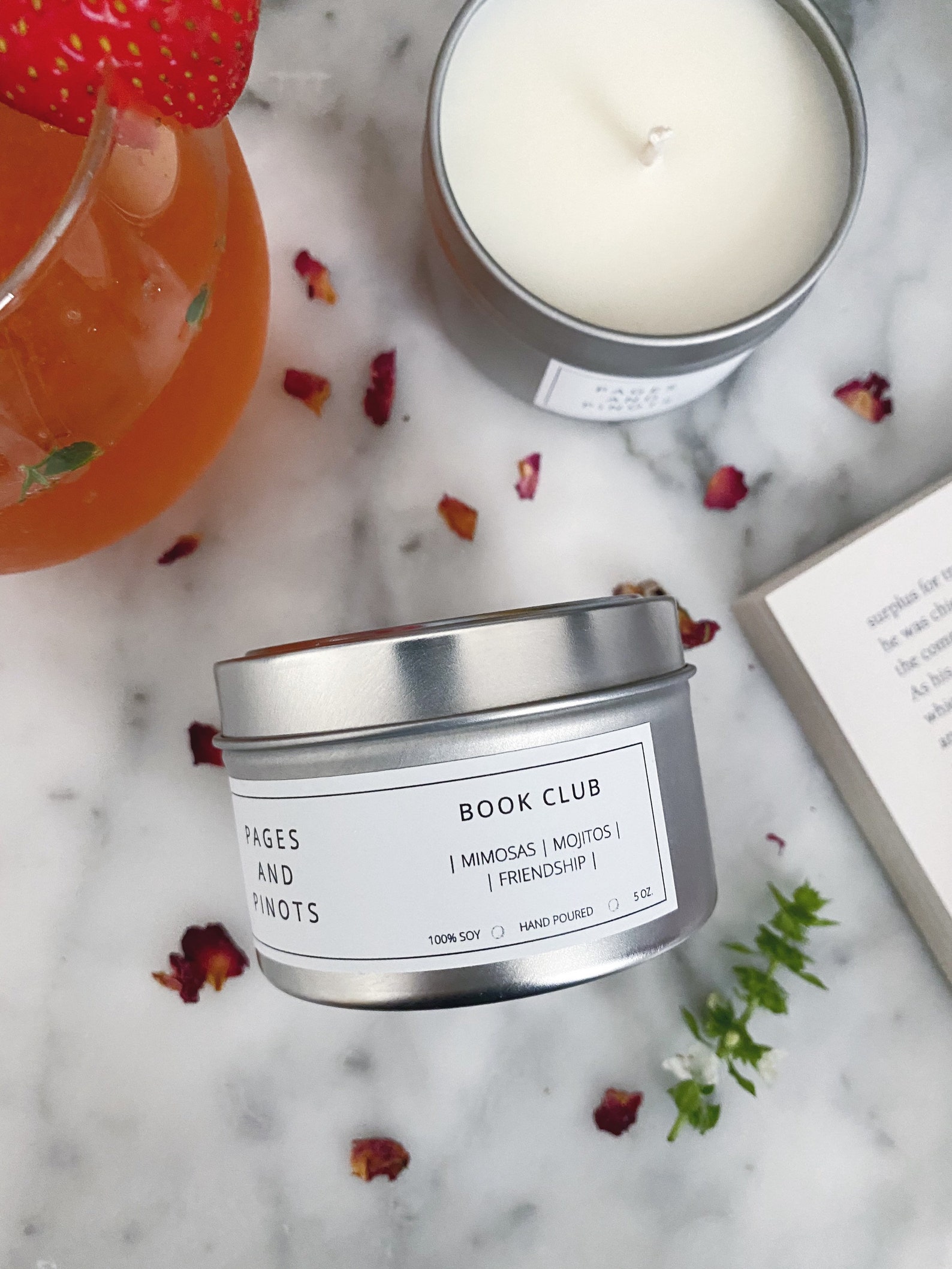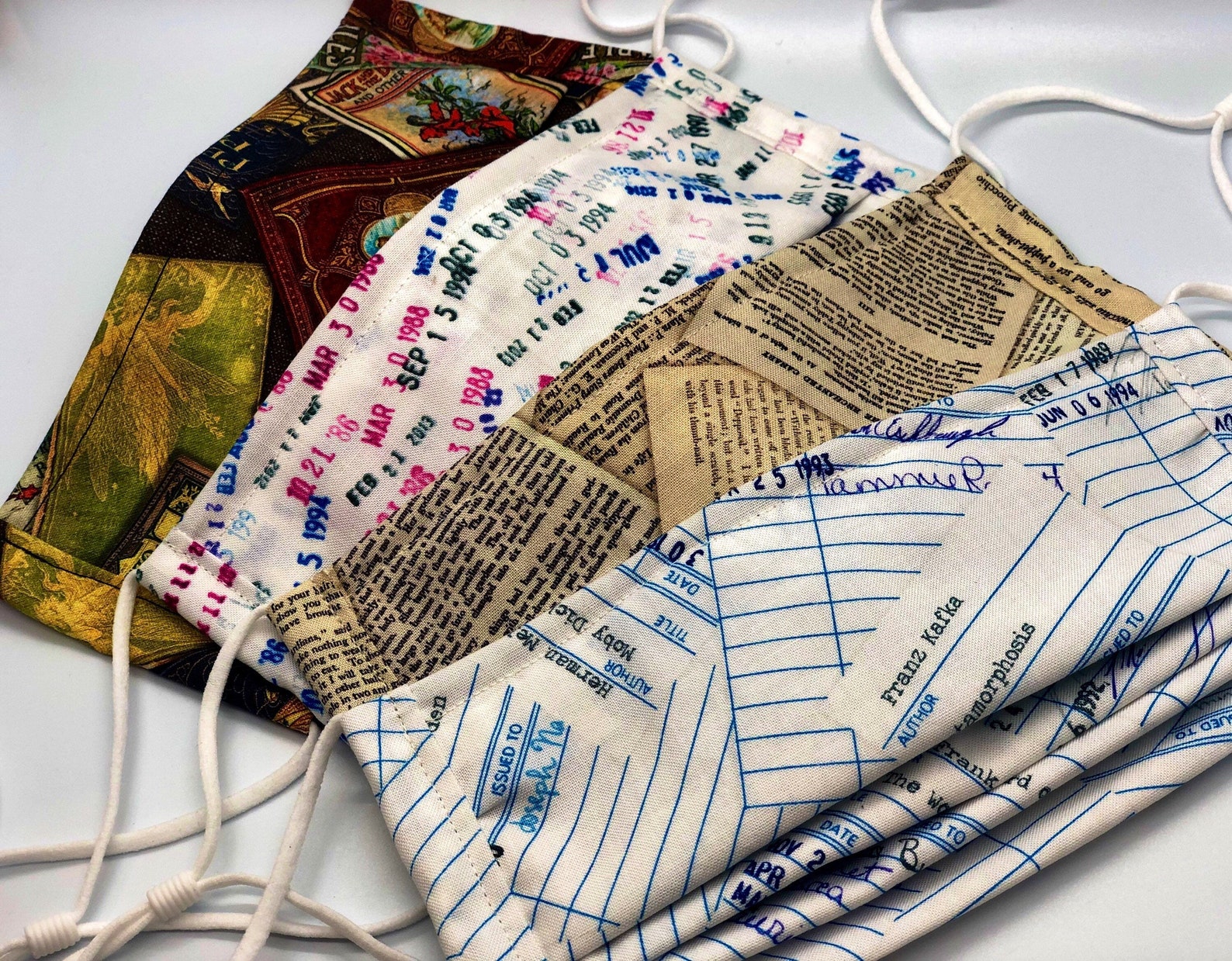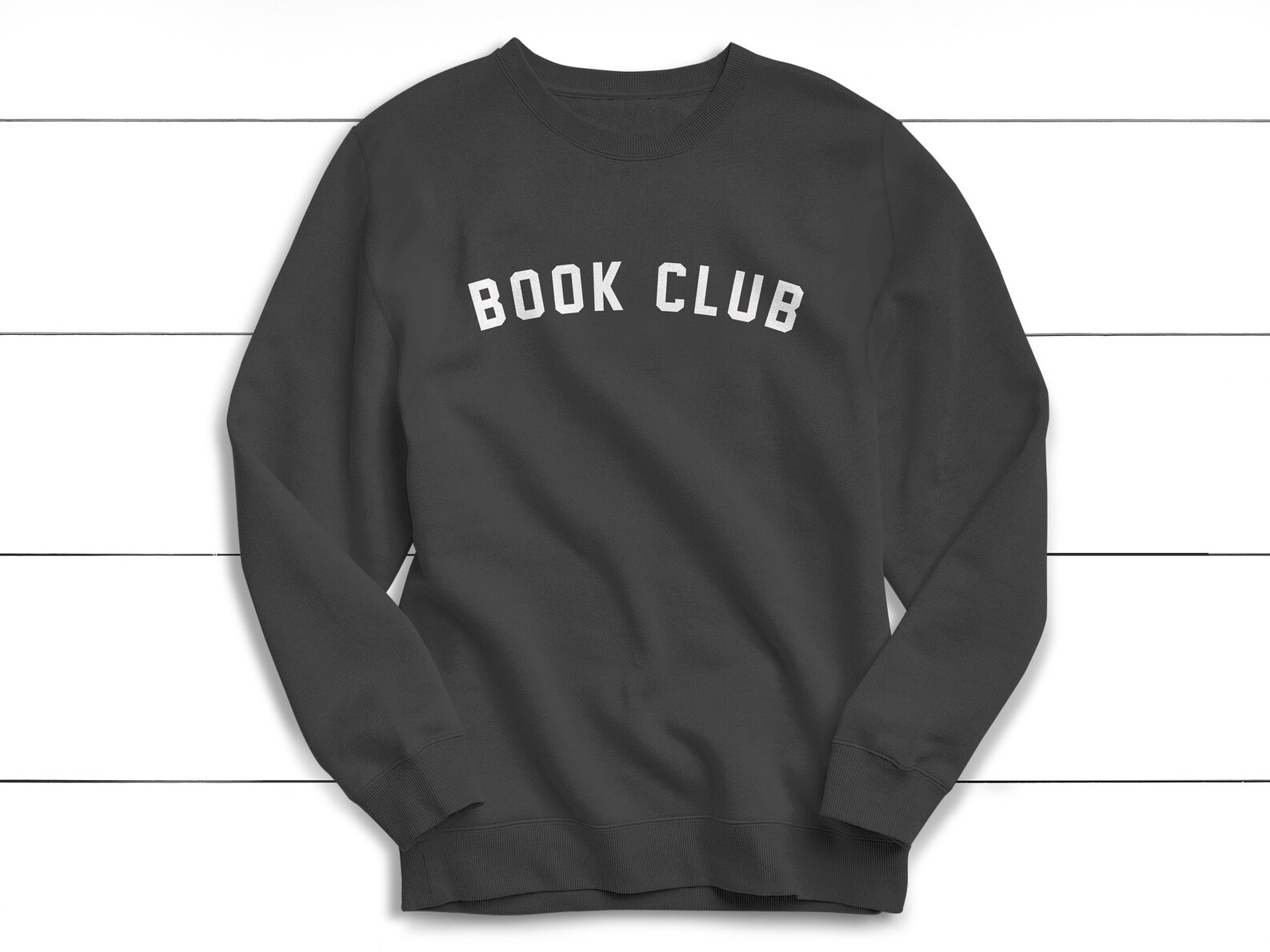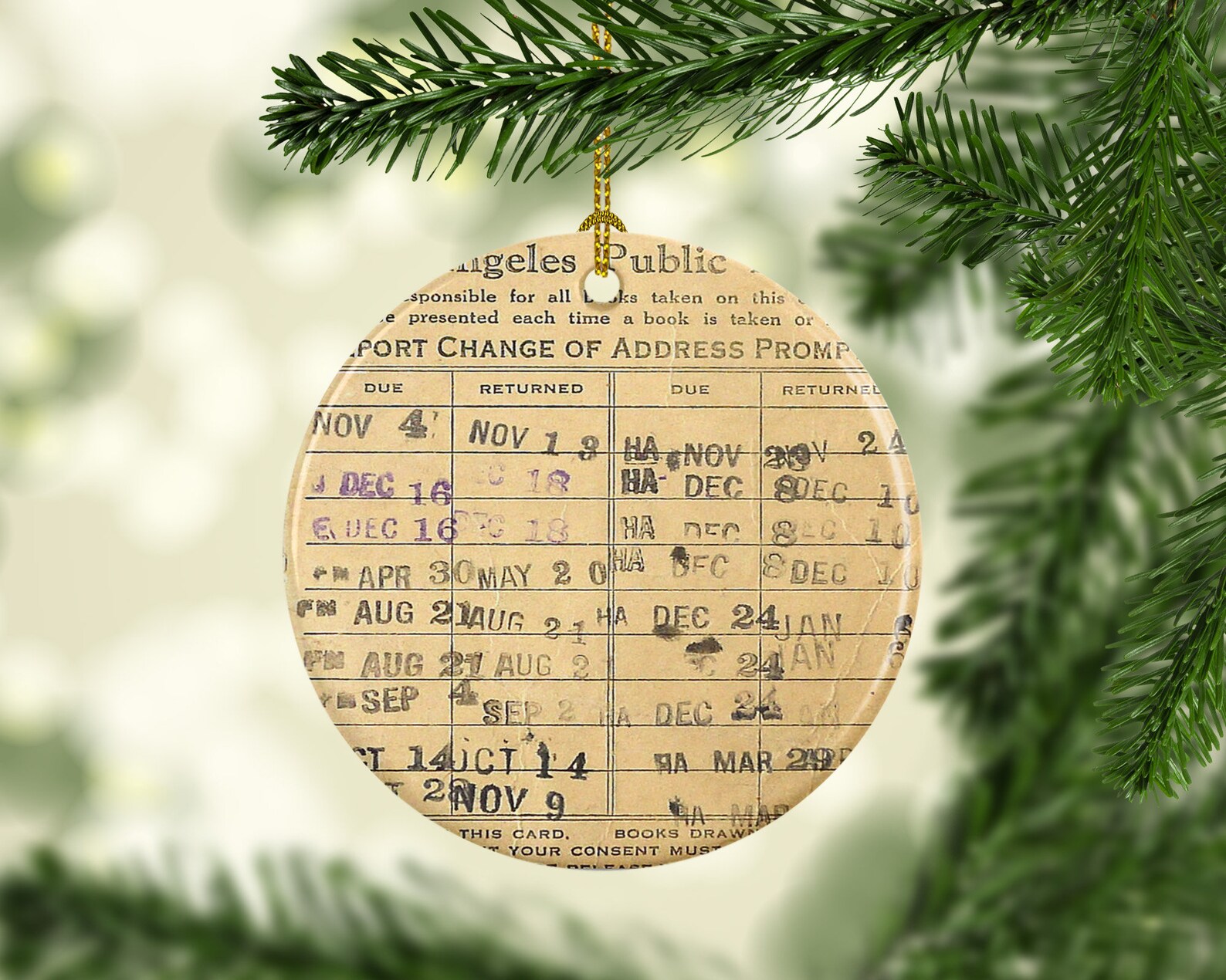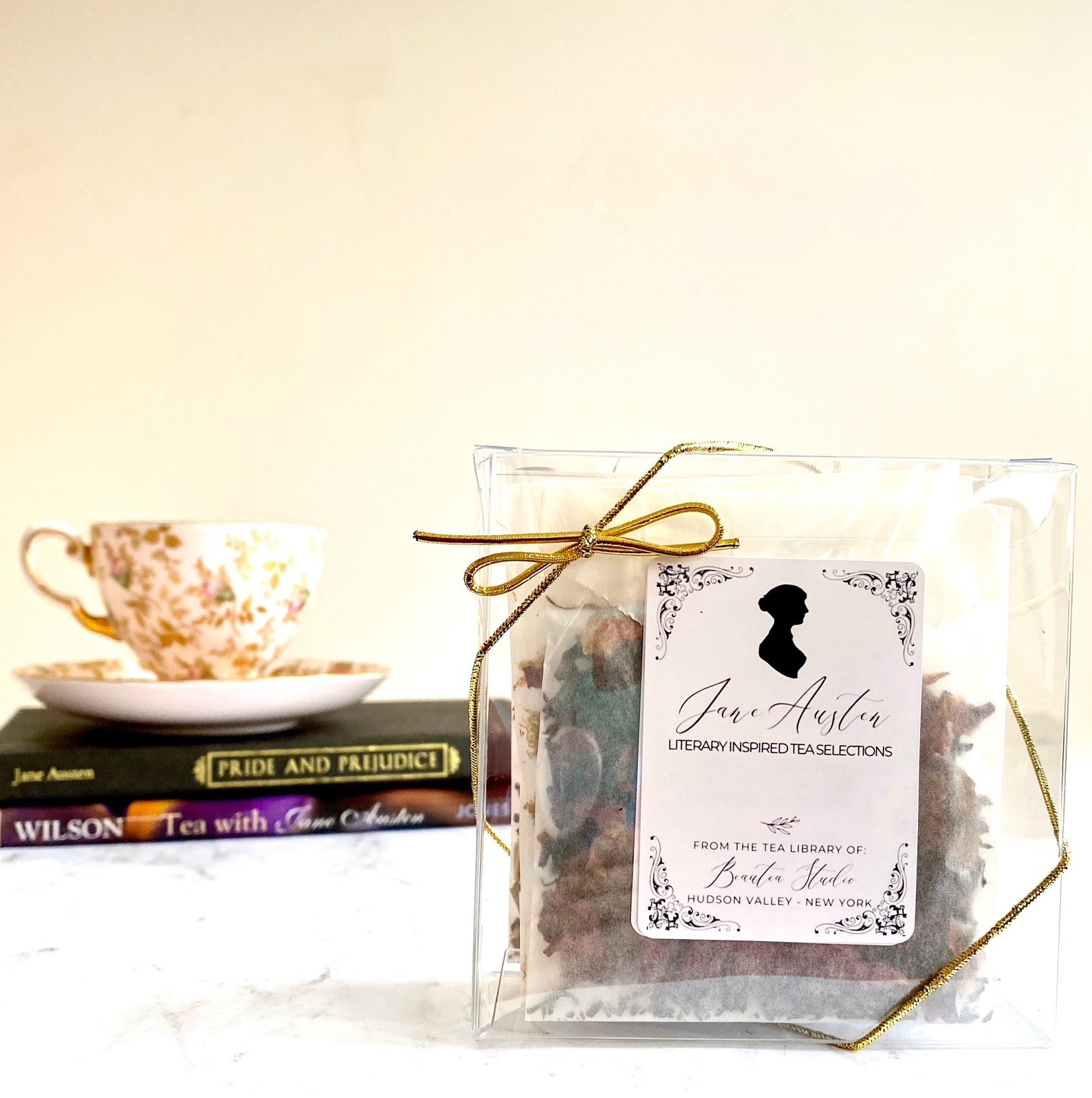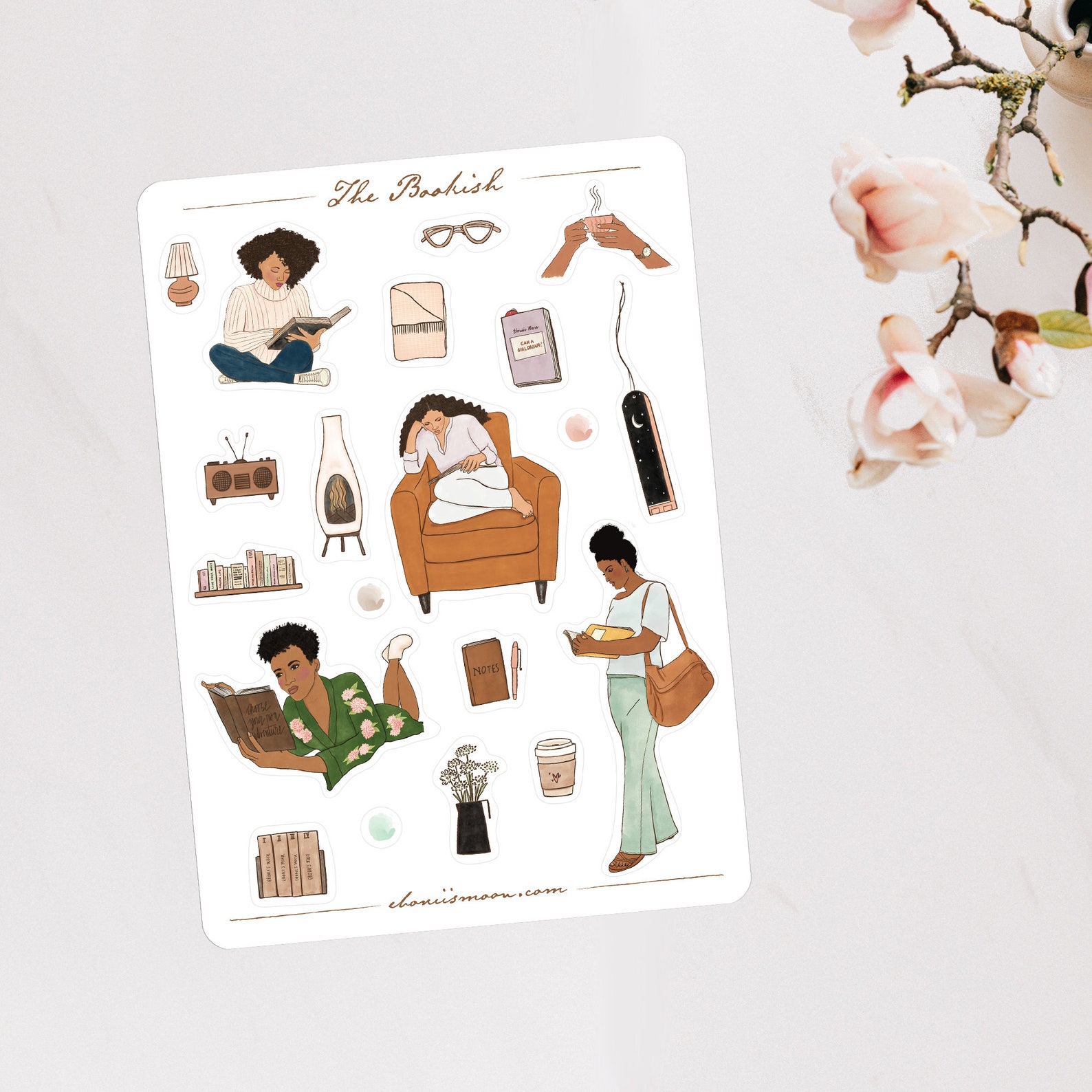Sponsored by Flatiron Books, publisher of L.A. Weather by María Amparo Escandón.
A Reese Witherspoon x Hello Sunshine Book Club Pick. FORECAST: Storm clouds are on the horizon in L.A. Weather, a fun, fast-paced novel of a Mexican-American family from Maria Amparo Escandon.
Welcome to In Reading Color, a space where we focus on literature by and about people of color.
I wanted to close out the month with some more books by Native American authors, this time highlighting a few from specific genres/age categories. One thing I’ve noticed with some science fiction and fantasy books written by Native American authors is that a lot of them are dystopian, with themes of displacement, colonialism, and environmental destruction. It’s not surprising, but I’ve somehow just recently come to realize how close to home dystopian novels hit for people of color. Some of the plots could easily be mistaken for real life events.
Children’s

I Sang You Down from the Stars by Tasha Spillett-Sumner, illustrated by Michaela Goade
While making manifest her love for her future child, a mother gathers gifts—of sage and white feathers— to make a sacred bundle. I Sang You Down From the Stars is a beautifully illustrated children’s book that is as much an ode to the bond between mother and child as it is a tribute to Native American culture.
Young Adult

The Marrow Thieves by Cherie Dimaline
In the future The Marrow Thieves paints, white people are hunting down Native Americans to harvest them for their bone marrow. The marrow is thought to be the key to returning dreams to the dreamless in a world that has been ravaged by global warming and all its trappings. Now, people indigenous to North America live on the run in order to avoid becoming unwilling sacrifices to cure white people of their ills by way of being sent to “schools,” which are similar to the Indian schools that existed in North America. The schools in the book seek to extract a component essential to their living in the form of bone marrow, while the schools in real life were meant to harness another thing essential to them: their identity.
Romance

Taking on the Billionaire by Robin Covington
Adam Redhawk reenlists the investigator that helped him find his Cherokee family. The task Adam requires of Tess Lynch this time is to help him find exactly who seeks his business’s downfall. Tess, meanwhile, has stakes in this all her own, and is seeking revenge against his adoptive father. And, obviously, things get super steamy.
Don’t forget you can get three free audiobooks at Audiobooks.com with a free trial!
Nonfiction

Heart Berries by Terese Marie Mailhot
When we’re first introduced to Mailhot, she’s writing in the notebook given to her during her stay in a psychiatric hospital while being treated for PTSD and bipolar II disorder. Her words weave connecting threads through all facets of her life: her upbringing on the Seabird Island Indian Reservation in the Pacific Northwest, a teenage marriage and subsequent loss of custody of her first son, disastrous relationships with men, and traumatic memories and the imagination that tries to shield her from them. Mailhot’s writing is poetic, raw, urgent, and hums with the traditional storytelling of her mountain women ancestors. This short memoir packs a wallop, let me tell you.
Science Fiction and Fantasy

Moon of the Crusted Snow by Waubgeshig Rice
Isolated from the outside world as a result of a winter storm, a small Anishinaabe community in the north starts to panic. Supplies diminish as leaders struggle to maintain order amidst the chaos. When someone new to town shows up unexpectedly, he is given shelter despite the community’s meager offerings. The man has come from south of the community where the world has been falling apart. Soon, more like him arrive and start to manipulate people’s emotions. In order to overcome this, some in the Anishinaabe community realize they must return to the old ways to confront present day issues.
Thriller

Winter Counts by David Heska Wanbli Weiden
The American justice systems isn’t exactly just. Neither is the tribal council, which is where Virgil Wounded Horse comes in. He’s an enforcer for the Rosebud Indian Reservation in South Dakota and metes out retribution as he’s paid to. When his nephew becomes involved with the newly arrived heroin problem, Virgil sets out with his ex-girlfriend to put a stop to it. The investigation leads them to drug cartels, new tribal initiatives, and a realization Virgil has about his heritage and identity.
A Little Sumn Extra
Good news! We’re hiring for an Advertising Sales Manager. Do you like books and comics? Does helping advertisers reach an enthusiastic community of book and comics lovers intrigue you? This might be your job. Apply by December 5, 2021
School Police Have Black Lives Matter Posters Censored, Students Protest
An interesting read on two seemingly unrelated topics: books about dinosaurs and religion
How becoming a penpal can help incarcerated people
A quiz that tests if you’re pronouncing authors’ names correctly
Thanks for reading; it’s been cute! If you want to reach out and connect, email me at erica@riotnewmedia.com or tweet at me @erica_eze_. You can find me on the Hey YA podcast with the fab Tirzah Price, as well as in the In The Club newsletter.
Until next week
-E


